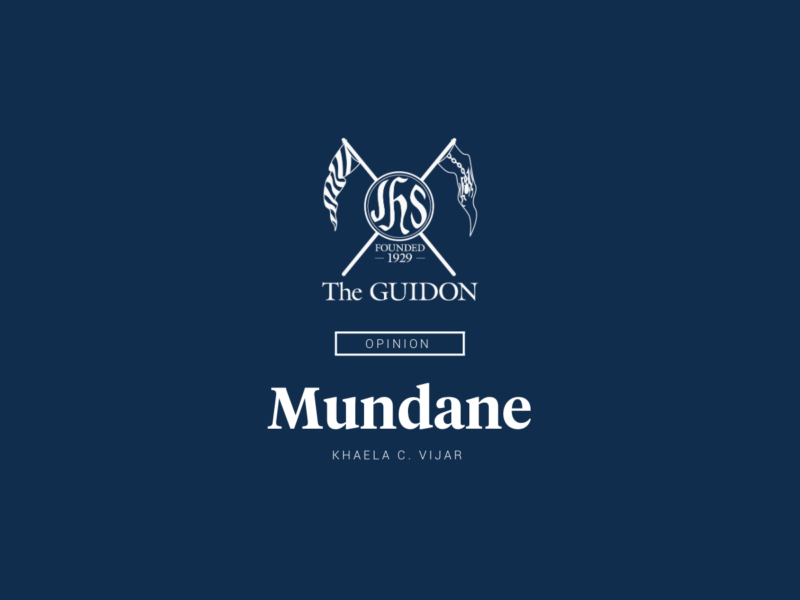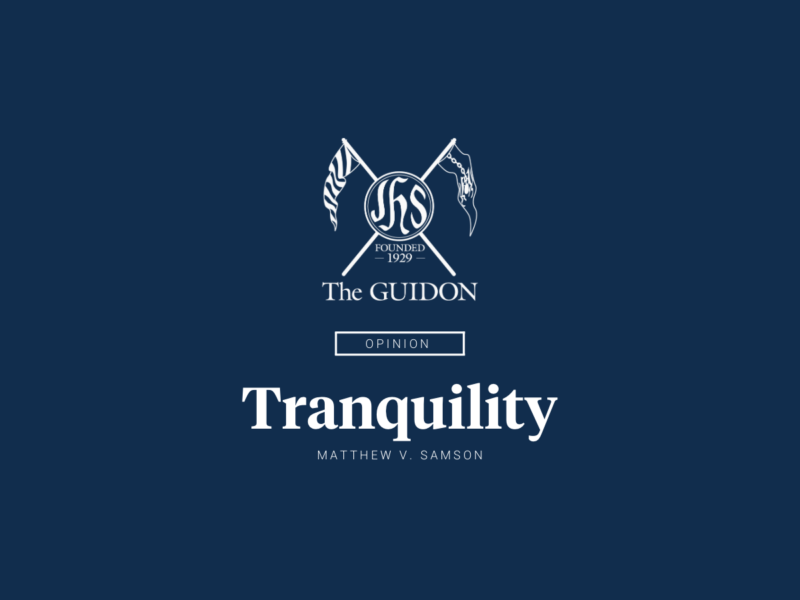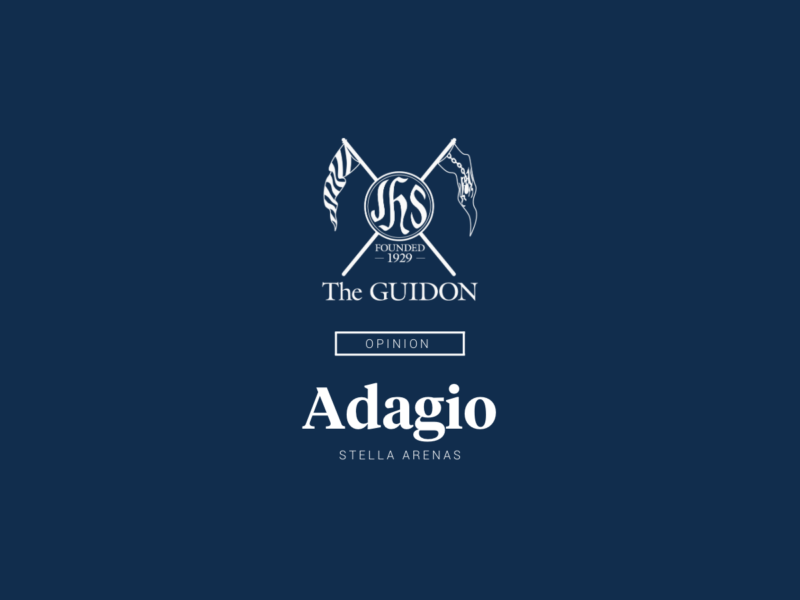“I’m not an artist,” I said, blurring the drawing I poorly attempted to trace in the sand with my fingers. “I’m a journalist,” I told my friend, as if he didn’t know. I said this with the mindset that I was comparing myself to him, the photographer. He was more obviously the artist between the two of us, I thought.
The waves of Liw-liwa, Zambales bore witness to two people who dared kill time at the beach while there was still work waiting to be accomplished by the both of them back at home. Perhaps the stories behind their work could wait just a day.
“But you’re an artist in your craft,” he said. “You write and tell stories. That’s an art in itself.”
What he said caused me to rethink how I understood art. The first things that come to my mind subscribe to the common notions of it: aesthetic, skill, hugot, and self-expression. But since behind every artwork is an artist, it’s easy to reduce art to simply an act of expression by the artist—that particular artist’s self-expression.
“If art is centered on self-expression, does that make all artists selfish?” I asked him.
Perhaps it’s time to revisit how we view art as a Philippine society, especially in the midst of our national situation. We may begin to get anxious towards our enjoyment of art knowing there are atrocities happening nearby. We may ask ourselves: People are getting killed and suffering at the hands of political and private agenda; what are we doing admiring paintings of patterns we don’t understand, and watching obscure video clips of someone riding a bicycle?
Some may say that any form of art that is not explicitly protest art does not contribute to nation-building. The “high-brow” forms of art we see in modern museums are more often than not more easily interpreted by the elite and educated. Behind the obscurity, however, all forms of art carry a message. If not, a purpose. These may be to disturb or assert, while others may simply want to humor, enliven, or inspire.
Of course, there is no doubt that protest art plays an essential role in bringing about consciousness towards the pressing problems in our society. In fact, we need it now more than ever—we must empower artists to be unafraid to convey messages about the unacceptable truths of oppression and inequality in our nation. This includes not only political and economic protest (e.g. poverty, corruption, sovereignty), but the protection of social and personal welfare (e.g. mental health, representation, human dignity). It must also be done responsibly and well-researched, with the artist ensuring that the matter being advocated for is not trivialized or lost in translation.
But to simply dismiss all forms of non-protest art as irrelevant is condescending and inconsiderate towards the artists, some of whom make a living off what they do. This causes a new form of division in our society on subscribing to the “right and wrong” forms of art. It suggests exclusivity, while nation-building is centered on inclusivity. Protest art fights for life, but without stopping to look at the beauty of life, what constitutes this life we are fighting for?
There is nothing wrong with celebrating life. Catering to the plight of the nation and appreciating the beauty and happiness of life as translated through different forms of art are not mutually exclusive. We can even bridge the two by understanding that, perhaps when an individual chooses to express himself through art, professional or amateur, we better understand who the Filipino is. We claim to want to serve and love our countrymen, but do we know who they are? Do we know how they perceive life and how this manifests in what they create?
If we were to watch someone from a marginalized sector create something, protesting against the unjust structures of society that put them in their situation may or may not be the first thing they’d want to do. They could choose to make something as simple as a portrait of a loved one; someone for whom they hold fond and joyful memories. Regardless, whatever they create would allow anybody who sees it to understand and encounter them in a new way; even in a little way. These are reflections of their human experiences, and are thus still value-adding to our national consciousness.
We also need to understand that an expression by the self is not always an expression for the self—that there are different types of art, all with unique intentions.
Perhaps I am an artist by virtue of journalism. I have written pieces that are reflective of what I value—stories about people I think others should know about. This can be considered my self-expression, but my work was not for me. My work—my art, was for the people I served.
Painters, musicians, photographers, playwrights, filmmakers, performers, and the list goes on—all insert their creative vision into the things they make. But towards what end? Some may simply be expressions of personal experiences and feelings (which are totally valid ends on their own), but there is always the capacity for art to be intended to mirror reality, or to show what is lacking and what should be. It doesn’t stop here, though. After appreciating the art, it is most important to meet and dialogue with the person behind the work.
So maybe the spotlight here is not only on understanding art as more than expression by the self, but how it has the capacity for shared human understanding, and ultimately, service. After all, the change that art intends to prompt will only depend on how the humans around it will act afterwards. The world is complex as it is, but there must be an overwhelming profusion of creative talent in this world to help us understand it a little better. Hopefully with greater understanding of each other through creative catalysts, we work towards mending the world with no one left behind.







